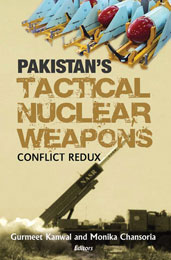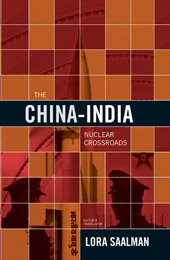Subjects
Strategy in the Second Nuclear Age: Power, Ambition, and the Ultimate Weapon
Toshi Yoshihara and James R Holmes
“ Good books on strategy are hard to find. Good books on nuclear strategy are even harder to find as we celebrate the twentieth anniversary of the ending of the Cold War.
The world, strategy, technology, and economic interdependence provide a profoundly changed and dynamic environment. This book fills a huge void and will be welcomed by both scholars and military strategists alike.”
—Gen. Eugene Habiger, US Air Force (Ret.), former Commander,
US Strategic Command
“ From time to time, though rarely, there is a book that can redefine the parameters of strategic understanding and debate. Strategy in the Second Nuclear Age is one such rare book. This very well-edited collection of studies is, by quite a margin, the finest exploration and examination extant of the nuclear strategies of the newer nuclearweapon states. I recommend it in the strongest terms.”
—Colin Gray, professor of international politics and strategic studies,
University of Reading, UK
A “second nuclear age” has begun in the post-Cold War world. Created by the expansion of nuclear arsenals and new proliferation in Asia, it has changed the familiar nuclear geometry of the Cold War. Increasing potency of nuclear arsenals in China, India, and Pakistan, the nuclear breakout in North Korea, and the potential for more states to cross the nuclear-weapons threshold from Iran to Japan suggest that the second nuclear age of many competing nuclear powers has the potential to be even less stable than the first.
Strategy in the Second Nuclear Age assembles a group of distinguished scholars to grapple with the matter of how the United States and its allies must size up the strategies, doctrines, and force structures currently taking shape if they are to design responses thatreinforce deterrence amid vastly more complex strategic circumstances.


 Political Science
Political Science


